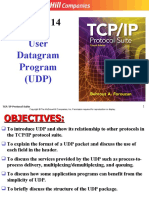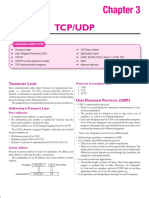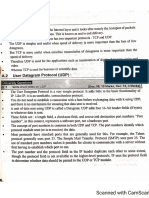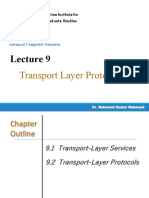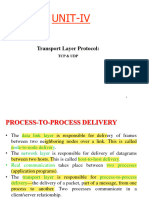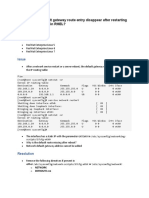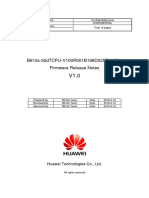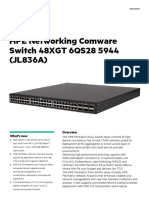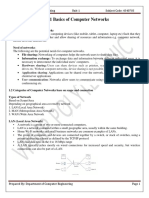0% found this document useful (0 votes)
7 views21 pagesTransport Layer and Udp
The document discusses the transport layer services, including process-to-process communication, addressing with port numbers, and various control mechanisms such as flow, error, and congestion control. It highlights the differences between connectionless (UDP) and connection-oriented services, detailing the UDP protocol's characteristics and its header format. Additionally, it outlines the uses of UDP in applications requiring simple communication and internal error control mechanisms.
Uploaded by
walterheisenberg1200Copyright
© © All Rights Reserved
We take content rights seriously. If you suspect this is your content, claim it here.
Available Formats
Download as PPTX, PDF, TXT or read online on Scribd
0% found this document useful (0 votes)
7 views21 pagesTransport Layer and Udp
The document discusses the transport layer services, including process-to-process communication, addressing with port numbers, and various control mechanisms such as flow, error, and congestion control. It highlights the differences between connectionless (UDP) and connection-oriented services, detailing the UDP protocol's characteristics and its header format. Additionally, it outlines the uses of UDP in applications requiring simple communication and internal error control mechanisms.
Uploaded by
walterheisenberg1200Copyright
© © All Rights Reserved
We take content rights seriously. If you suspect this is your content, claim it here.
Available Formats
Download as PPTX, PDF, TXT or read online on Scribd
/ 21



